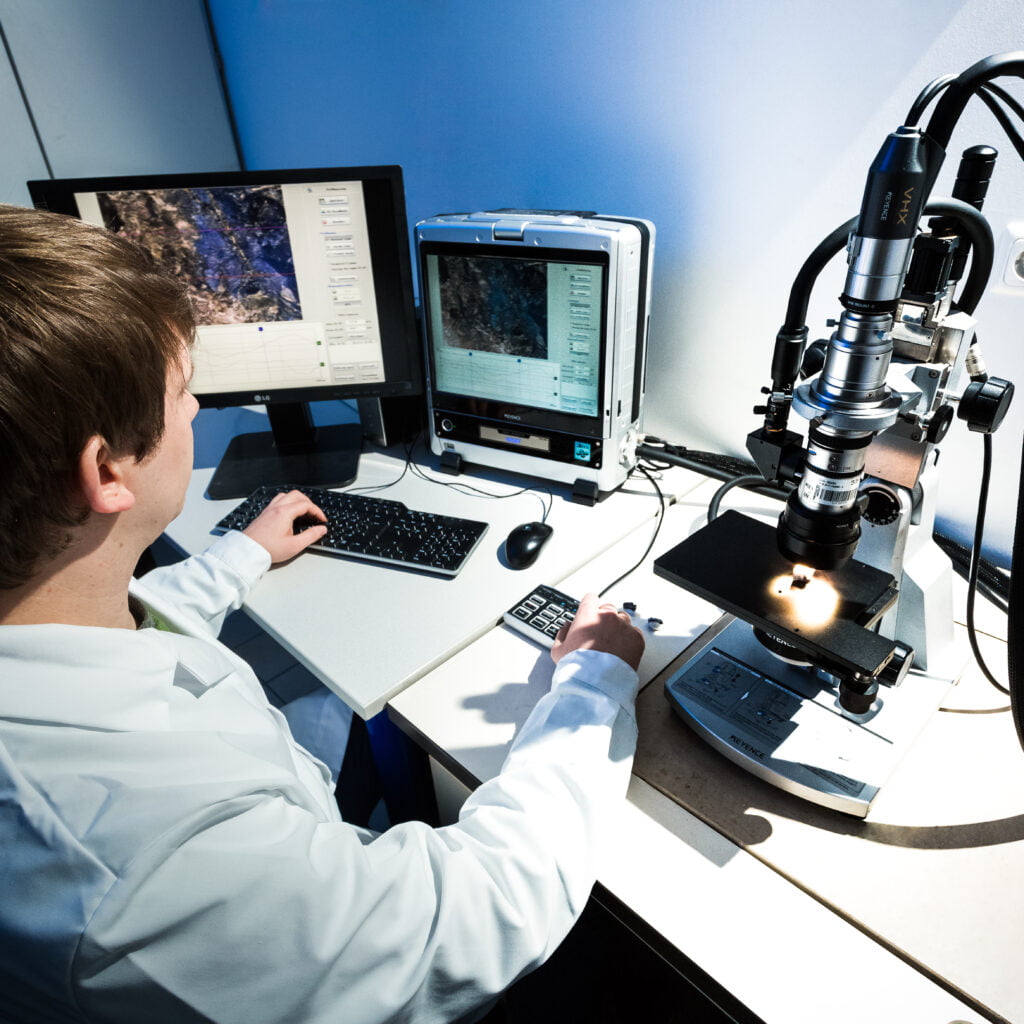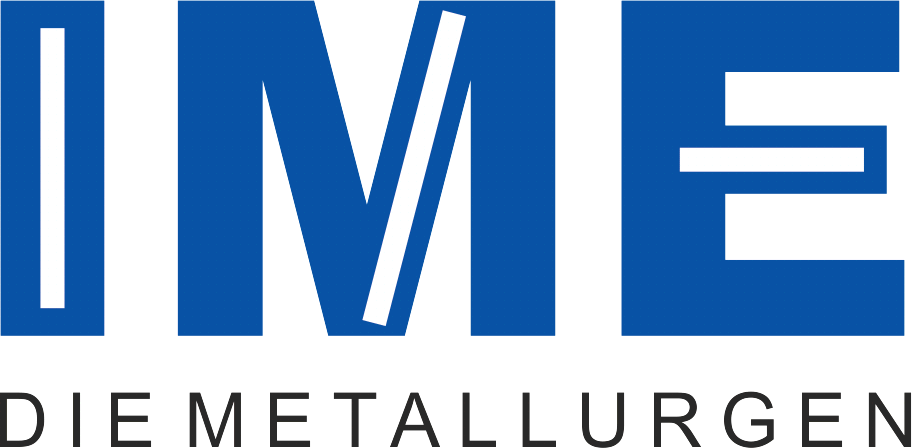Research » Nanopowder Synthesis
Title
Type
Sponsorship
Duration
Partner
Research Area
Description
Nanosized particles often exhibit properties distinct from their bulk counterparts, in part because clusters that small have electronic structures that have a high density of states, but not yet continuous bands. Hence the ultimate goal for nanoparticles synthesis is a fully mastered process that enables production of tailor-made nanocrystals with defined chemical and physical properties. However, this goal can only be reached if the underlying processes of silver nanoparticle formation are fully understood.
Title
Type
Sponsorship
Duration
Research Area
Description
This study deals with the modelling of the synthesis of nanoscaled metal particles. It was found that the morphology is influenced under different process conditions. The temperature was investigated as an influencing parameter for the thermal decomposition of copper sulphate and silver nitrate. By varying the reaction parameters in the high-temperature reactor, the different aggregate types (spheres, triangles, squares) were generated. The agglomeration was stopped by the choice of the reaction temperature. The model developed described the particle size.
Title
Type
Sponsorship
Duration
Partner
Research Area
Description
The objectives are to increase the wear resistance of contacts by nanoparticles, without impairing the ductility of the material and the electrical conductivity as well as the absence of pores of the gold layer through the incorporation of SAM (Self Assembling Molecules) with a lower gold layer thickness.
The IME undertakes the production of nanoparticles with suitable surfaces for the subsequent galvanic process by modification of the nanoparticles during or after production. The goal is the production of nanoscaled oxide particles by ultrasonic spray pyrolysis.
Title
Type
Sponsorship
Duration
Partner
Research Area
Description
The aim and vision of the project is to significantly improve the performance of future high-performance lithium batteries by developing composite electrode layers with customized structuring down to the micro- and nanoscale. The task includes the targeted build-up of the separator/electrolyte layers and the electrolyte/electrode interfaces as well as the process technology, which is the prerequisite for reproducible component production. The expected increase in performance relates equally to power and energy density, capacity, cycle stability and calendar life of the accumulators.
Title
Type
Sponsorship
Duration
Partner
Research Area
Description
The target of the project was to develop novel process designs of advanced RuO2/TiO2 nanocatalysts using the ultrasonic spray pyrolysis method (USP). The use of USP for the synthesis of nanostructured RuO/TiO2 particles from an aqueous or organic metal salt-solution is a completely new approach, because this complex catalytic system comprising both metal support and active mass is obtained in one single step contrary to conventional procedures.
Title
Type
Sponsorship
Duration
Partner
Research Area
Description
The aim and vision of the project is to significantly improve the performance of future lithium high-performance batteries by developing composite electrode layers with customized structuring down to the micro and nano range. The task includes the targeted build-up of the separator/electrolyte layers and the electrolyte/electrode interfaces as well as the process technology, which is the prerequisite for reproducible component production. The expected increase in performance relates equally to power and energy density, capacity, cycle stability and calendar life of the accumulators. The consortium is supported and accompanied by several industrial partners. The companies will regularly evaluate the orientation and the results of the project, introduce applied requirements and actively operate and support the technical implementation of successful concepts.
Title
Type
Sponsorship
Duration
Research Area
Description
This project focuses on the designing of the particle morphology in nanopowder synthesis using the ultrasonic aerosol spray method of a precursor solution and subsequent thermo-reactive decomposition. If correctly used, this reaction method results in a product with controlled and uniform particle size, allowing to adjust microporosity, surface roughness and crystal structure. They can be especially designed e.g. for the use as catalytic or sinter-active materials. In order to control a consistency in the morphological characteristics of the obtained powder like particle size or porosity a mixed thermochemical kinetic model will be developed. This model will be capable to explain the formation mechanism of nanosized particles and used to elaborate the process window exemplary for silver.
Title
Type
Sponsorship
Duration
Partner
Research Area
Description
The program of controlled and sophisticated powders and films synthesis has been realized in the ITS SASA since past decade. In the framework of this research, the method of aerosol synthesis of nanophased powders and films is developed together with the experimental and pilot set-up using either twin-fluid or ultrasonic (800kHz, 1.3, 1.7 and 2.5 MHz, RBI) atomizers. Moreover, a Pyrosol technique for thin film synthesis through aerosols is developed, too. Based on these techniques, the synthesis of fine, spherical, submicronic powders as well as thin films, either in crystal or amorphous state based on oxides, metals and non-oxides are developed. Based on experimental and pilot setup, a variety of single and complex oxides (ZnO, NiO, SnO2, TiO2, TiO2-Pt, SiO2, Al2O3, MgO, Co3O4, BaTiO3, LiMn2O4, ZnO varistor, HTSC, Ag:HTSC; Gd2O3 :Eu, Y3Al5O12 :Ce phosphors), metal (Ni, Ni-Pd, Ni-Cu, LaNi5, NiAl) and nonoxide (SiC) powders have been synthesized from different precursor solutions by ultrasonic and twin-fluid spray pyrolysis.


